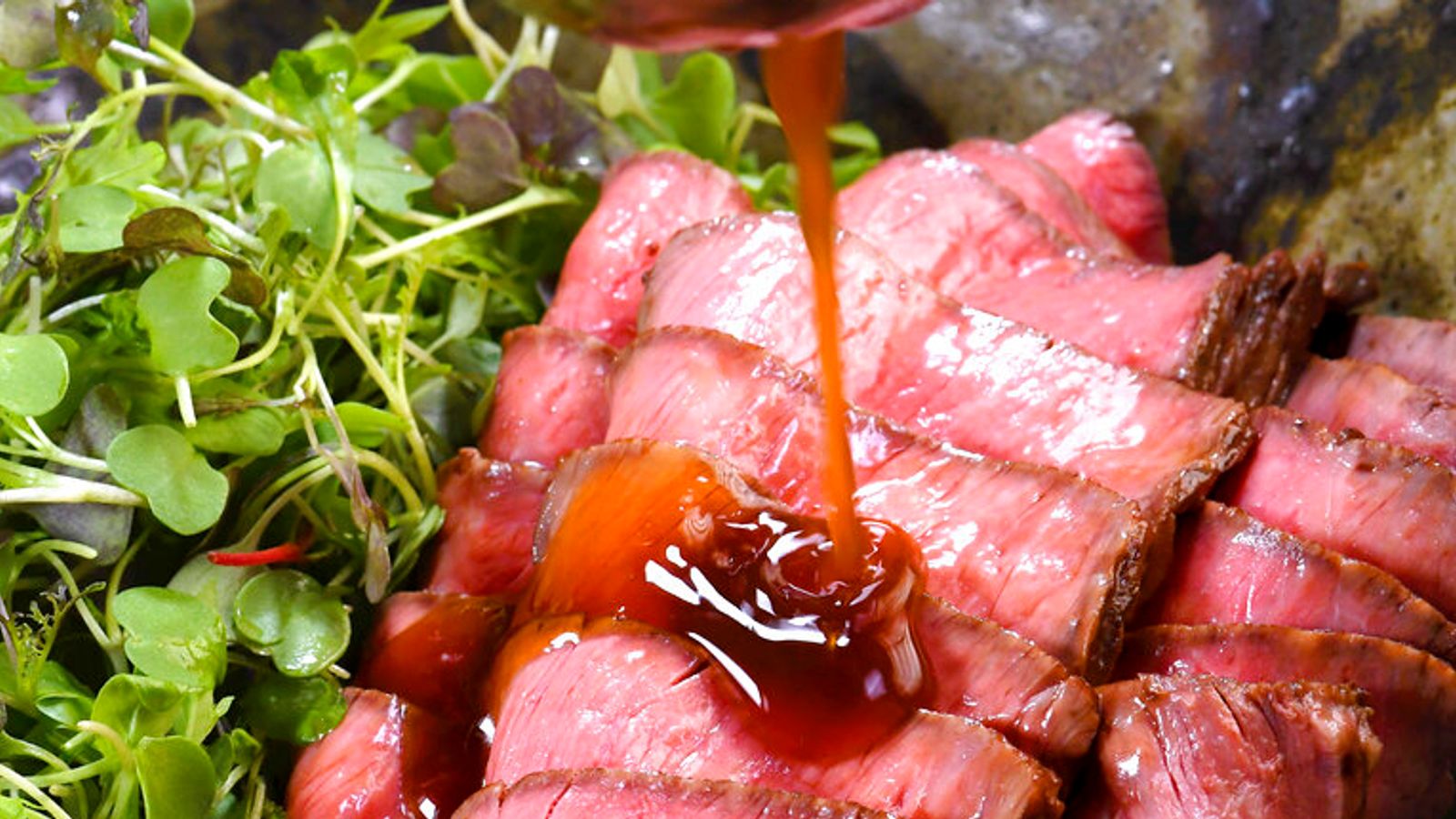Annual inflation was up at 5.4% in December, the highest value for almost 30 years.
A high rate of inflation means that if wages don’t rise to keep track, goods and services soon start to become harder to afford.
Figures from the Office for National Statistics (ONS) have revealed exactly how much the rise in inflation is down to the increase in fuel costs.
But, while the increase in energy prices was a significant contributor, the sector that was most responsible for the uptick in prices last month was food and non-alcoholic beverages, which grew by 1.3% in December alone.
The last time food prices rose that much in the month that includes Christmas was in 2012.
Average pay increased by 3.4% in the year to November, but some workers have seen larger increases.
Overall, annual food inflation was 4.2%, but among foodstuffs, some items have increased in cost year-on-year more than others.
Cost of living: Pay rises wiped out by surging inflation, official figures show
Cost of living: Is your job worse off following the COVID pandemic?
Cost of living crisis: Are wages keeping up with price rises?
A roasting joint of beef cost an average of £8.81 per kg in December 2020. In December 2021, it was £11.33 – £2.52 or almost a third more expensive.
The price of a block of margarine has risen by more than 30%, from £1.35 to £1.77 while some fruit and veg – cauliflower, pears and dessert apples – have also risen by more than a fifth.
Meanwhile, a pint of lager has gone up by 17p, from £3.79 to £3.96, although wine and whisky are both cheaper than this time last year.
Of the 45 staple food and non-alcohol items for which the ONS records long-term data on prices, 37 have gone up while eight have gone down or stayed the same price.
Avocados are one of the foods that have got cheaper in the last year, by almost 10% – 95p down to 87p.
Self-raising flour, cheese, bananas and eggs are also at lower prices, while potatoes have stayed the same.
How does the ONS work out inflation?
The ONS collects these prices by visiting thousands of shops across the country and noting down the prices of specific items.
The items that form the ‘official shopping basket’ change each year to reflect how the purchasing habits of the population have changed. For example in March 2021, after a year of the pandemic, hand gel, loungewear bottoms and dumbbells were added, while canteen-bought sandwiches were among the items removed.
Where there aren’t the exact equivalent items available at a survey shop, ONS officials pick the best alternative and note that they’ve done this so it’s weighted correctly when the averages are worked out.
Shops are weighted as well, so the price in a major chain supermarket will have a greater impact on the average than an independent corner shop.
During the pandemic, more of the survey was carried out over the phone and work is ongoing to digitise the system to be able to take in more price points by scraping websites rather than making personal visits.






















